Western Fence Lizards (Sceloporus occidentalis) are fascinating reptiles that have fascinated nature enthusiasts and researchers for years.
These lizards, found predominantly in the western regions of the United States, are known for their impressive array of defense mechanisms.
Among the intriguing behaviors exhibited by Western Fence Lizards is the question of whether they can play dead.
In this article, we will explore the truth behind this phenomenon and delve into the fascinating world of these deceptive reptiles.
About Western Fence Lizards
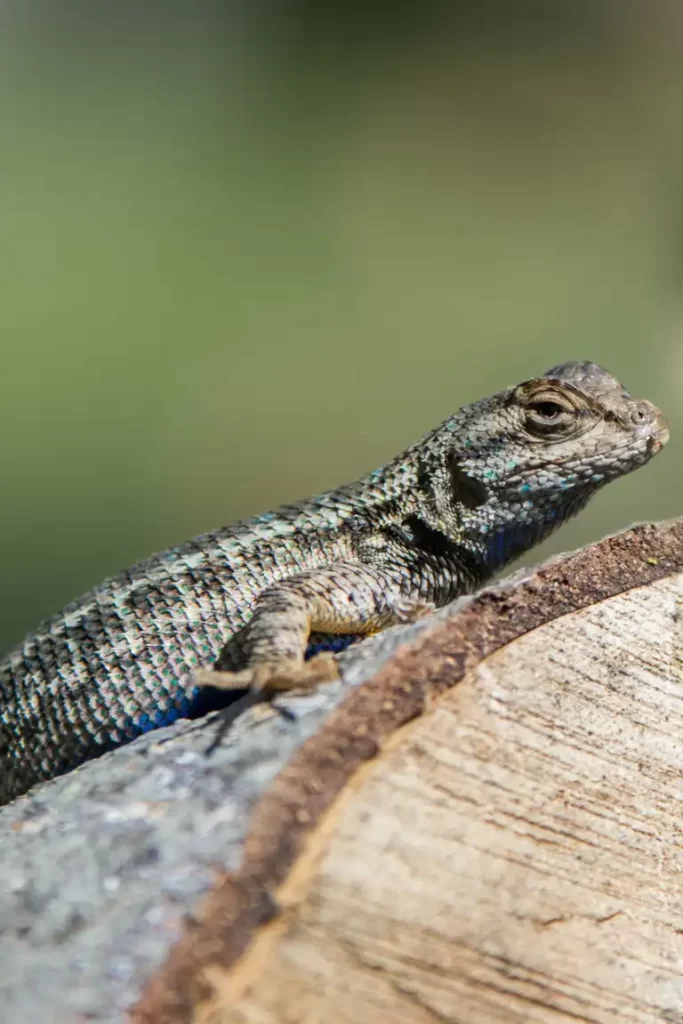
Western Fence Lizards, often referred to as Blue Belly Lizards, are diurnal creatures that can be found in a variety of habitats, including woodlands, grasslands, and rocky areas.
They possess a distinctive appearance, with rough, spiky scales and vibrant blue bellies in males. These lizards are primarily insectivores, feasting on a diet of ants, spiders, beetles, and other small invertebrates.
Deception in the Animal Kingdom: Survival Tactics and Adaptations
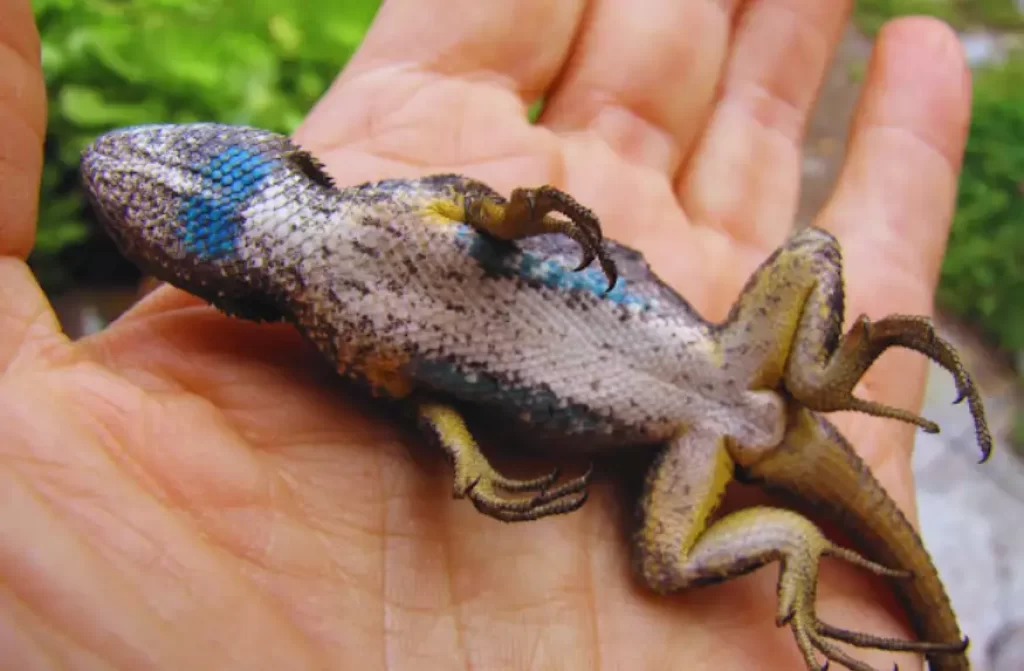
In the intricate web of the natural world, countless species have evolved remarkable strategies to deceive and outwit their adversaries, ensuring their survival in a challenging environment.
Mimicry, camouflage, and feigning death are just a few of the fascinating tactics animals employ to confound and deter predators.
Playing dead, scientifically known as “thanatosis” or “tonic immobility,” is a captivating defense mechanism witnessed in numerous animal species.
By assuming a motionless and lifeless state, these crafty creatures aim to discourage potential threats and escape harm’s way.
This ingenious strategy showcases the incredible adaptability and resourcefulness found in the animal kingdom.
Do Western Fence Lizards Play Dead?
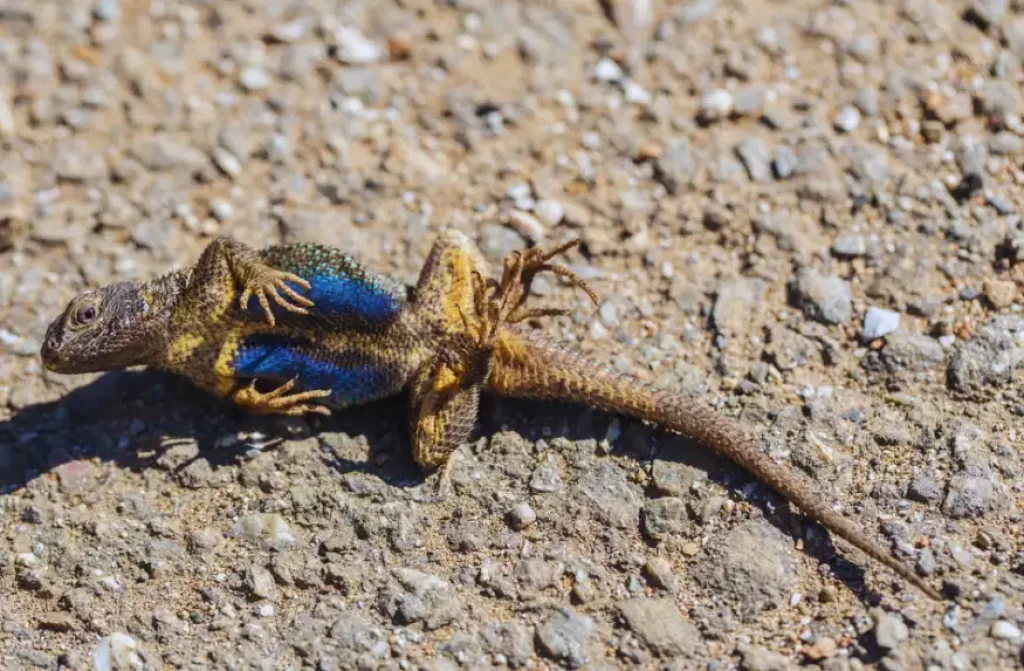
Yes, Western Fence Lizards are known to exhibit tonic immobility, a behavior commonly referred to as playing dead.
When threatened or approached by a predator, Western Fence Lizards may assume a motionless posture, lying flat on the ground and remaining still for a period of time. This feigned death tactic aims to deceive the predator, making the lizard appear unresponsive and unappetizing.
Potential Reasons for Feigning Death
Potential reasons for Western Fence Lizards engaging in the behavior of playing dead, if it indeed exists, can provide valuable insights into their survival strategies.
One possible benefit is that by feigning death, these lizards may create a sense of confusion and hesitation in predators, effectively reducing the likelihood of an attack.
By appearing motionless and lifeless, they may give the impression of being unappetizing or already deceased prey, deterring potential predators from pursuing them further.
Playing dead could also serve as a distraction, diverting the predator’s attention away from the lizard and onto other potential prey. By momentarily immobilizing themselves, Western Fence Lizards may buy precious time to escape when the predator’s attention is diverted elsewhere.
Moreover, playing dead may allow the lizard to evaluate the threat level and assess the predator’s behavior. While feigning death, they can carefully monitor the predator’s movements and wait for an opportune moment to flee or launch a counterattack if necessary.
Additional Defense Mechanisms of Western Fence Lizards
Even if playing dead remains inconclusive for Western Fence Lizards, it is essential to note that they possess other effective defense mechanisms.
These lizards are known for their agility and speed, allowing them to escape potential threats quickly. Another notable defense mechanism employed by Western Fence Lizards is tail autotomy. When threatened, they can intentionally detach their tails, which continue to wiggle and twitch even after separation.
This behavior distracts predators, diverting their attention to the wriggling tail while the lizard makes its escape. The detached tail eventually regenerates over time.
Furthermore, Western Fence Lizards are not afraid to display aggression when necessary. In confrontations with rivals or when faced with predators, they may inflate their bodies, making themselves appear larger and more formidable.
Additionally, they perform characteristic push-ups, which serve as a visual display of strength and dominance. These aggressive displays often deter potential threats, signaling that the lizard is not an easy target.
By combining their agility, tail autotomy, and aggressive displays, Western Fence Lizards have an impressive arsenal of defense mechanisms at their disposal.
How long can Western Fence Lizards remain motionless when playing dead?
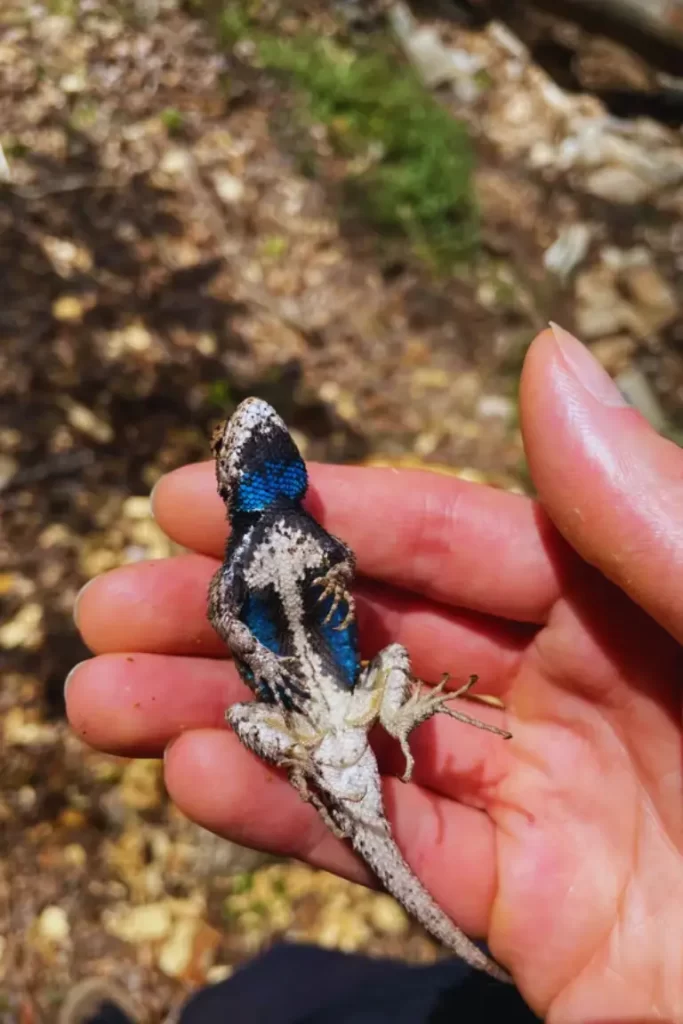
The exact duration of how long Western Fence Lizards can remain motionless when playing dead is not well-documented and may vary based on individual and situational factors.
However, scientists’ ongoing research aims to determine the precise duration of this intriguing behavior.
Typically, the duration of immobility during thanatosis or playing dead can range from a few seconds to several minutes, depending on the species and the context.
It is possible that Western Fence Lizards use this technique to deceive predators, remaining motionless for a brief period of a few seconds or minutes.
Nevertheless, additional scientific investigation is needed to provide accurate information regarding the duration of this behavior in Western Fence Lizards.
Do all Western Fence Lizards exhibit the behavior of playing dead?
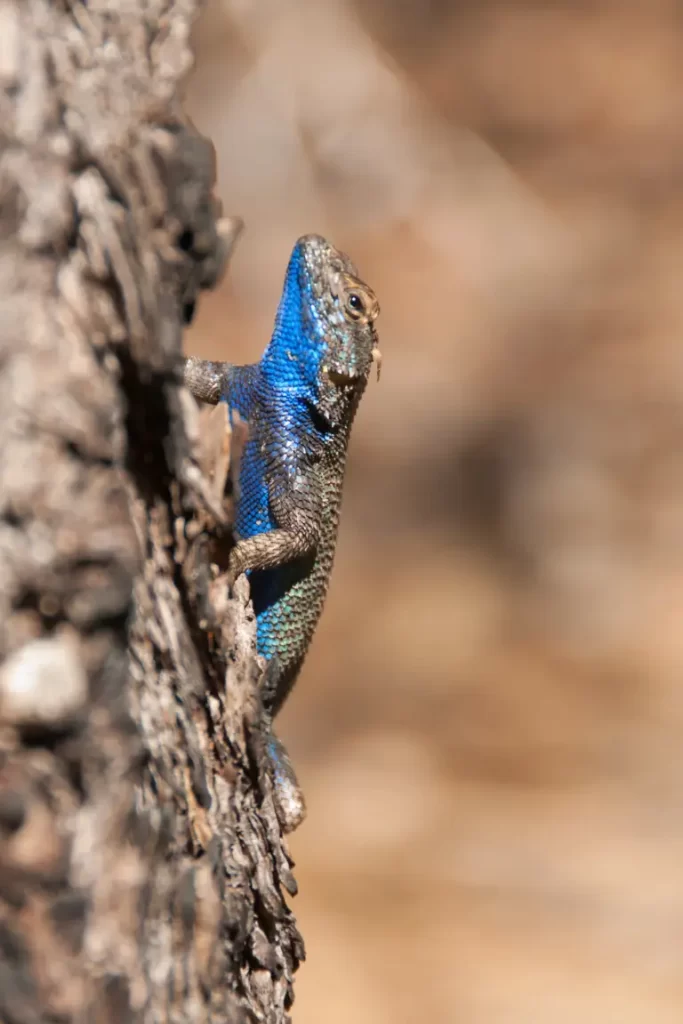
Not all Western Fence Lizards exhibit the behavior of playing dead. While some individuals may engage in playing dead as a defense mechanism, it is not a universal behavior across the entire species.
The prevalence of playing dead among Western Fence Lizards varies, and scientific research on this topic is limited.
Further studies are needed to understand the factors influencing this behavior and its frequency within the lizard population. It is essential to recognize that behavioral traits can differ among individuals, and not all Western Fence Lizards may employ playing dead as a survival strategy.
How effective is playing dead as a strategy for Western Fence Lizards to deter predators?
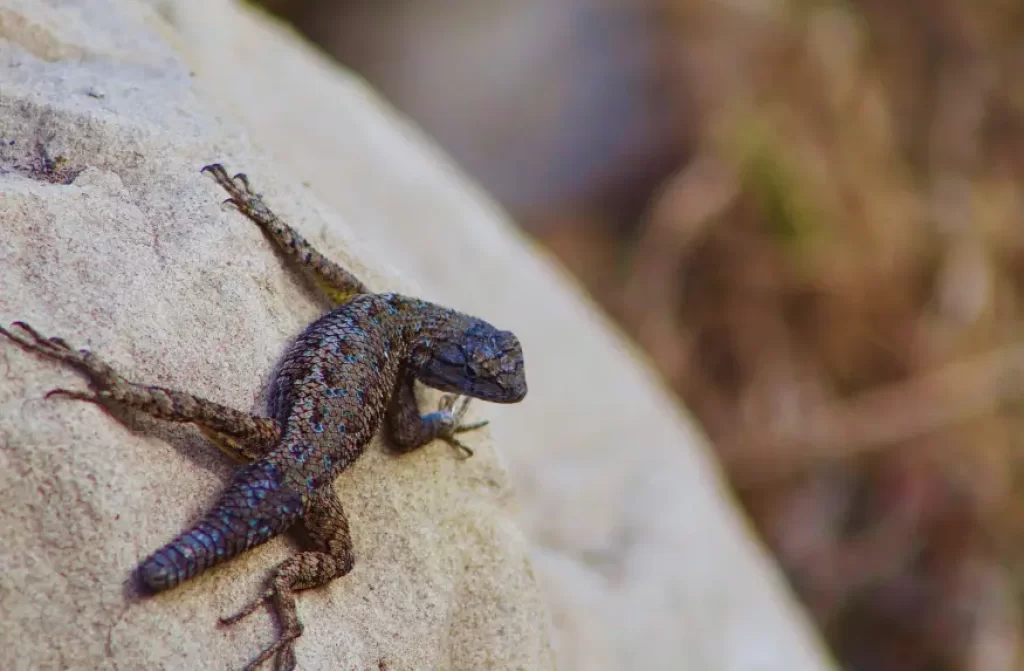
The effectiveness of playing dead as a strategy for Western Fence Lizards to deter predators is unknown.
While anecdotal evidence suggests that playing dead might serve as a defense mechanism, scientific research on the specific efficacy of this behavior in deterring predators is limited.
If Western Fence Lizards engage in playing dead, the effectiveness of this strategy would depend on several factors, including the predator’s behavior, experience, and sensory perception.
The motionless and lifeless appearance of a lizard playing dead may create confusion and hesitation in some predators, potentially reducing the likelihood of an attack.
The lizard may discourage predators from seeking live prey by appearing unappetizing or deceased.
However, not all predators may be easily fooled by this tactic. Some predators may have evolved strategies to detect signs of deception or maybe more experienced in dealing with such behaviors.
Additionally, the effectiveness of playing dead may vary depending on the predator-prey dynamics and the specific ecological context in which the interaction occurs.
Conclusion
Regardless of the Western Fence Lizards’ ability to play dead, these lizards have a range of fascinating defense mechanisms that allow them to thrive in their natural habitats.
Studying their behavior offers a glimpse into the incredible diversity of the natural world and deepens our appreciation for it.
If you’re interested in learning more about these remarkable creatures, be sure to check out the other lizard articles on our website.





